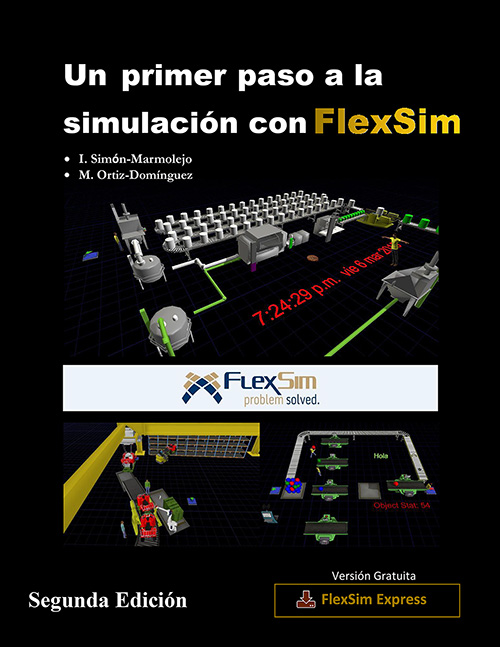


2016), noting that claims may be characterized as directed to an abstract idea if, among other things, they “merely implement an old practice in a new environment.” In the first part of the test, the Federal Circuit determined that the claims are directed to an “abstract idea” of “simply applying the already-widespread practice of using graphics instead of programming to the environment of object-oriented simulations” The Court cited to FairWarning IP, LLC v. Briefly, courts must first decide whether the claim is directed to a judicial exclusion such as an abstract idea and, if so, must then decide whether the claim includes “significantly more” such that an “inventive concept” is present and the abstract idea is integrated into a “practical application” thereof. (2014), which we will not discuss in detail here. The Federal Circuit reviewed the lower court’s decision in view of the two-part test set out by the Supreme Court in Mayo Collaborative Services v. The ’468 patent also acknowledged that use of “graphical processes to simplify simulation building has been done since the 1980s and 1990s.” Unfortunately (at least in view of the final decision), the ’468 patent consistently described the innovation as building new intelligent objects with simply graphical process flows that require no programming from the user- arguably a straightforward combination of these two features. Detailed computer knowledge is however not critical to the take-aways from this case.Ĭiting to the ’468 patent specification, the Federal Circuit noted that object-oriented simulations have existed since the 1960s- but require “programming-based tools” that were very complex in practice. Taking a cue from the decision, we set aside for now a detailed analysis of the claims, wherein the invention relates generally to a system for developing simulation models using graphical process descriptions. 8,156,468 were directed to no more than an abstract idea.

§ 101, finding that the claims at issue in U.S. The Federal Circuit reviewed this case on appeal from the District of Utah, which granted a motion for dismissal on the pleadings under 35 U.S.C. Thankfully, this note is directed not to whether a decision is “good” or “bad”, but instead whether the analysis is instructive for our claim drafting moving forward.

Others may shrug and note nothing groundbreaking or surprising in the Federal Circuit’s decision. Looking back on this case, as with so many others recently, some will certainly decry the decision as a continuation of failed jurisprudence regarding patent eligibility.


 0 kommentar(er)
0 kommentar(er)
